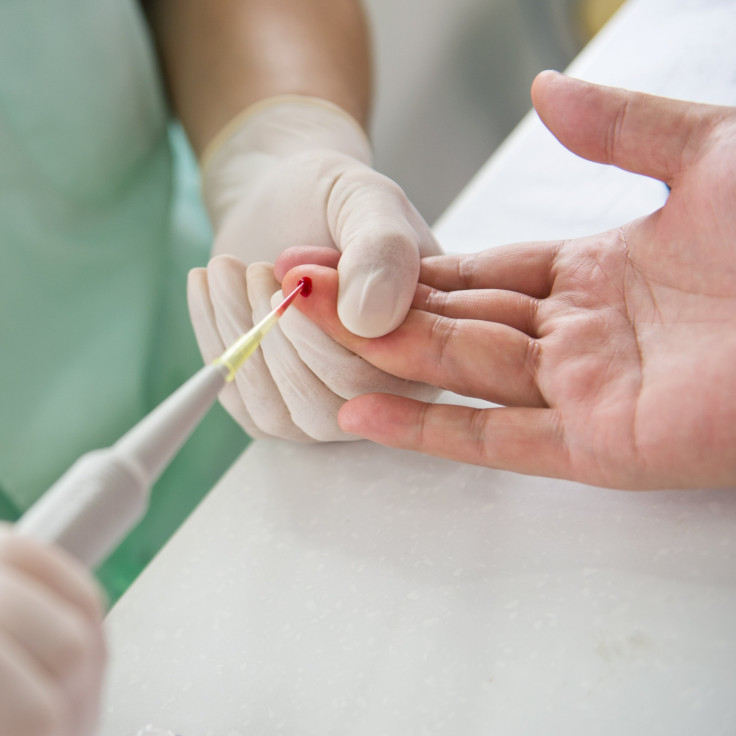Latin Americans Are More Likely To Be Diabetic Because Of Neanderthal Genes Passed On 60,000 Years Ago

Some 347 million people have diabetes worldwide, but the disease disproportionately affects Hispanics in the United States, according to the Centers for Disease Control and Prevention (CDC). Scientists were unsure what may have been the underlying factor behind an increased risk of diabetes in Mexicans and other Latin Americans, but now a group of researchers believes they’ve found the answer in a gene variant.
Scientists from a research consortium, the Slim Initiative in Genomic Medicine (SIGMA), shed some light on a gene variant that shows why Latin Americans have a higher risk of type 2 diabetes than other ethnicities. The SIGMA team discovered a certain variant on a gene called SLC16A11, which is involved in the breaking down of lipids, or fatty molecules, and this variant plays a role in determining type 2 diabetes. Latin Americans with the SLC16A11 variant were more likely to be diabetic, the study found.
But where does the gene derive from? The researchers discovered it originated up to 60,000 years ago in Neanderthals, an extinct human species within the Homo genus. Though some paleontologists consider Neanderthals a separate species from Homo sapiens — the only remaining human species and now consisting of the “modern man” — a minority of scientists believe Neanderthals is a subspecies of this group. “The haplotype [genetic variant] derives from Neanderthal introgression, providing an example of Neanderthal admixture affecting physiology and disease susceptibility today,” the study noted.
In the study, researchers reviewed 8,214 Mexicans and other Latin Americans. They divided the participants into two groups: diabetics and non-diabetics. They found that the people who carried the SLC16A11 variant were more likely to develop diabetes than those who didn’t carry it. They also found that about 50 percent of participants of full Native American ancestry had the gene variant — a higher rate than among Latin Americans generally, which was about 30 to 40 percent.
Type 2 diabetes occurs when the body does not produce enough insulin, or the cells don’t function properly to use insulin. The body cannot use glucose for energy without insulin, so diabetes patients are required to take insulin shots to keep their levels up. Over time, the lack of insulin and increased blood glucose could cause severe problems with the kidneys, nerves, or heart. Groups aside from Latin Americans who are more likely to develop the disease include African-Americans, Native Americans, and Pacific Islanders.
The authors of the study noted that previous examinations of diabetes patients’ genes were largely from other populations and not Latin Americans. “To date, genetic studies have largely used samples from people of European or Asian ancestry, which makes it possible to miss culprit genes that are altered at different frequencies in other populations,” Jose Florez, an author of the study and associate professor of medicine at Harvard Medical School, said in a news release. “By expanding our search to include samples from Mexico and Latin America, we’ve found one of the strongest genetic risk factors discovered to date, which could illuminate new pathways to target drugs and a deeper understanding of the disease."
Source: The SIGMA Type 2 Diabetes Consortium. “Sequences variants in SLC16A11 are a common risk factor for type 2 diabetes in Mexico.” Nature. 2013.



























